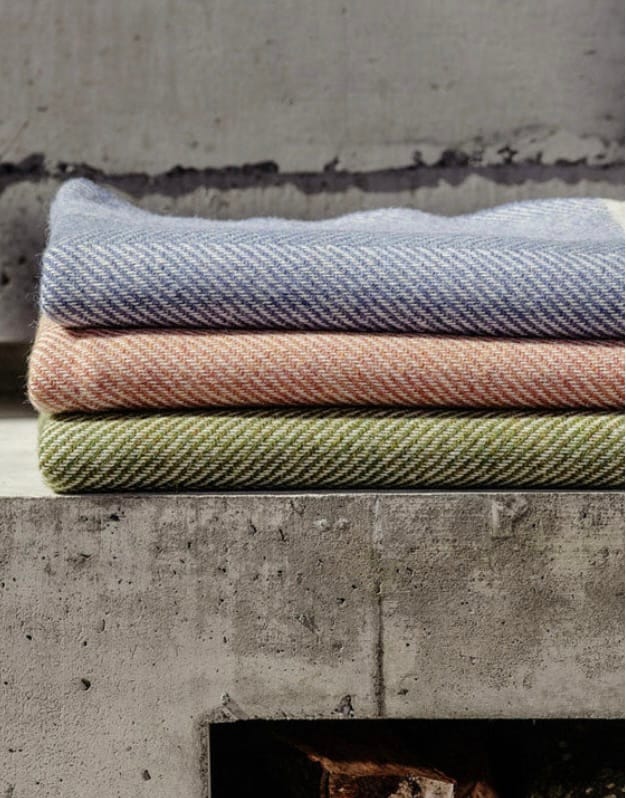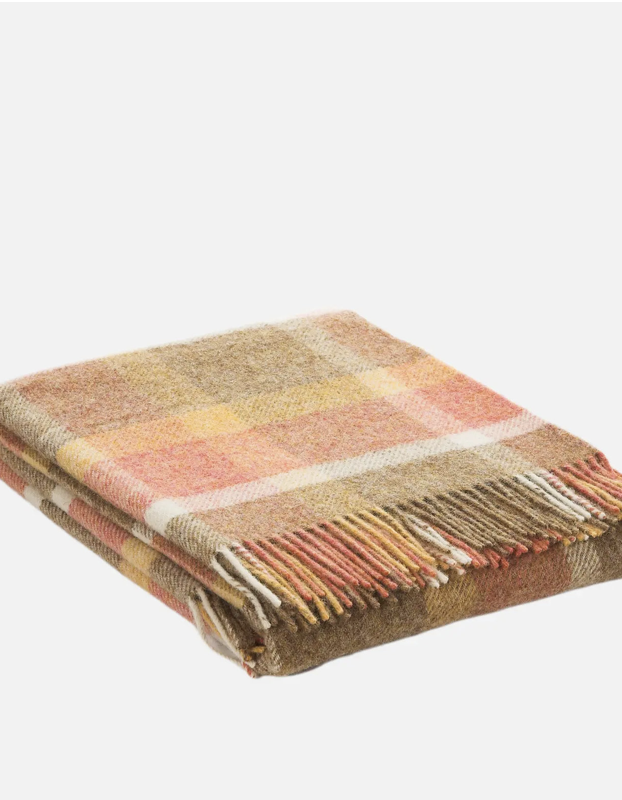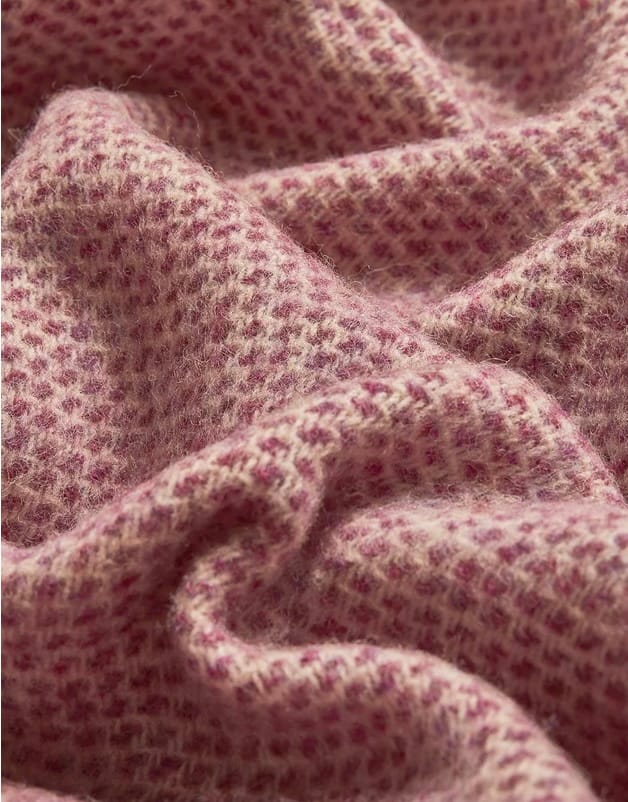The Wool Wire - January 2, 2025
New uses for native and rare breeds, a Northeast Fiber Exchange on the way, putting Ireland back into Irish sweaters and blankets, a trial run for Rhody Rug, and Delta adds wool to its seats

News snippets from the wool world
Hello, my friends!
We find ourselves at the beginning of a brand new year. Ahead of us lies an open road with much to explore, question, learn, and celebrate. Good things are happening in the world of wool.
Let's step into this new year by seeing how new value is being breathed into the rare and the local.
Doing good deeds with rare breeds
From Farmers Guardian, this story goes into the work Rare Breeds Survival Trust is doing to improve the use of wool from native sheep breeds, with support from British Wool. While most of the farmers are small-scale, this project proves that there can be a market for the wool if it's done right.
The Northeast gets noticed
Here in New England, I'm excited about the Hudson Valley Textile Project's latest endeavor: the establishment of the Northeast Fiber Exchange. While still in its early stages, the exchange will ultimately help local farms get their wool to buyers in a streamlined process and at a rate that's higher than what the commercial wool market offers—which often, for everything rougher than fine wools, barely covers the cost to shear.
When there's no there there
Did you know that many of those gorgeous traditional Irish wool sweaters you see advertised don't use Irish wool at all? Instead, they often are made of wool that's been imported from New Zealand and Australia.
This wonderful article from the Irish Examiner argues for bringing Irish wool back into Irish knits. I loved that the author went into the softness and coarseness paradox. It's just another example of how the product only tells half the story—the other half is in the wool.
Cushendale keeps it local
Still in Ireland, I enjoyed this profile of Cushendale Woollen Mills, a sixth-generation textiles mill in Kilkenny. In addition to sharing more of the mill's background story, it talks at great length about Cushendale's support and promotion of local wool.
Sure, they have blankets made from tender Merino lambswool and brisk, perky Mohair. But they also have a whole line of blankets and throws made from locally sourced Galway wool—Galway being a native sheep breed that originates in County Galway in the west of Ireland.
At a time when fibers can cross the globe twice before ever reaching the customer, it's commendable that Cushendale sources their Galway wool directly from local farms. They skirt, scour, dye, spin, and weave this wool into blankets, all in-house.



Gorgeous colors and textures from Cushendale
They even offer complementary repair kits for their blankets, should moths or mischief befall them.
If you have six minutes to spare, you'll enjoy this video that accompanies the article.
Rhody Rug looks to go local
Meanwhile, here's some encouraging news out of Rhode Island. Braided rug manufacturer Rhody Rug already makes its rugs domestically. But they're participating in a study to determine the feasibility of sourcing their wool locally.
It's a supply-chain test run of sorts, administered by textile manufacturing coalitions TechniTextile Québec and the Technical Textile Materials Cluster.
Farms participating in the study, which are located in the areas around Quebec, Canada; Maine; and Vermont, will send their wool to Rhody Rug, which will process the material into its signature braided rugs, as well as blankets, chair pads and other goods.
Ultimately, this data could help other companies incorporate local sourcing into mainstream production practices, the company says.
Call it leading by example, call it peer pressure, but anything that gets domestic wool back on our floors would be a tremendous win.
Flying high with wool
I suppose there's only one place where the concept of "local" wool doesn't quite apply—and that'd be soaring 30,000 feet above the ground in an airplane.
In a Flock Talk last spring, I showed a promotional video of a new, high-end "3D concept seat" for planes featuring wool upholstery. At the time, I assumed this would never get beyond the world of private jets, but guess what? I was wrong!
Delta Airlines has unveiled a new cabin design for certain of its aircrafts. In Delta One, that design includes the use of wool-blend upholstery. The airline points to the specific choice of wool for its temperature-regulation properties. If you don't have the cash or points for Delta One, you can still wear wool and stay comfortable. But I'm pleased to see this concept get picked up by a major airline.
And on that note, I'll let you go.
Thanks, as always, for your readership and your support.
Until next time,
Clara
The Wool Channel Newsletter
Join the newsletter to receive the latest updates in your inbox.

